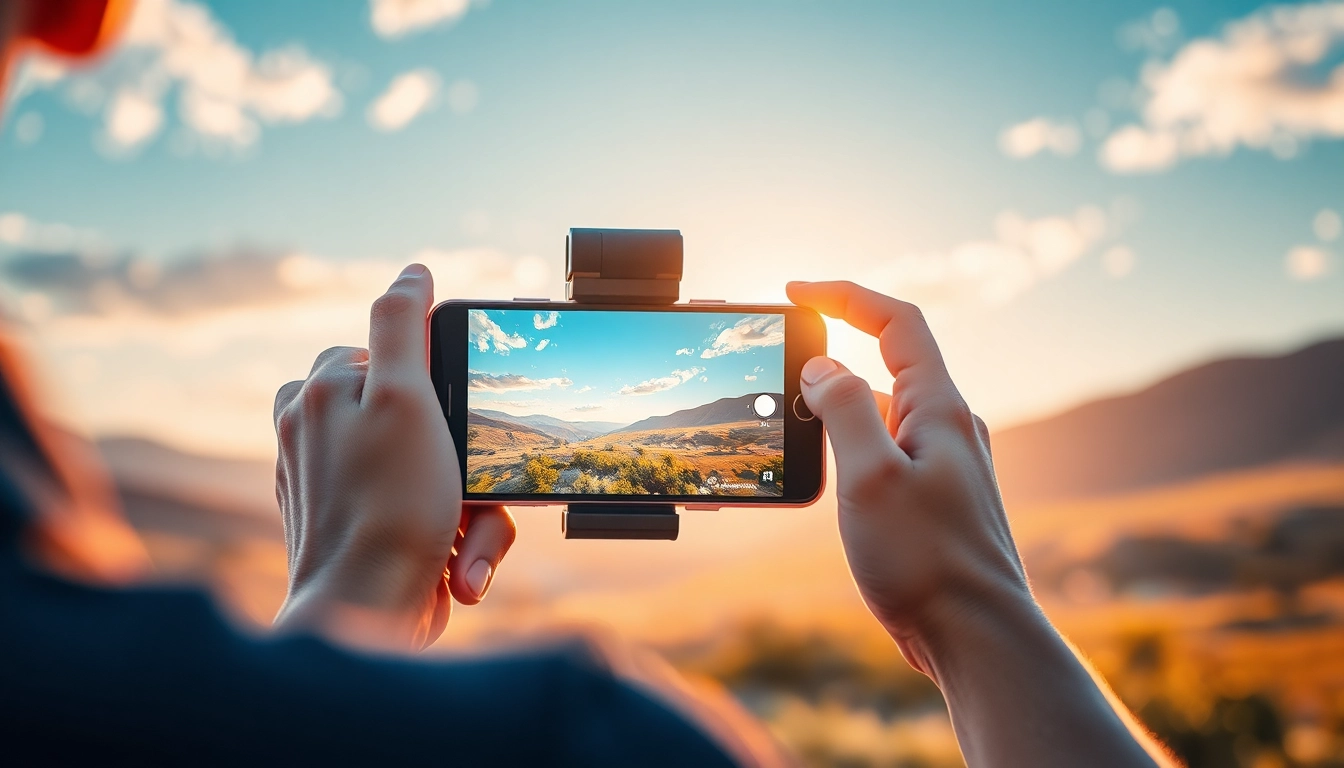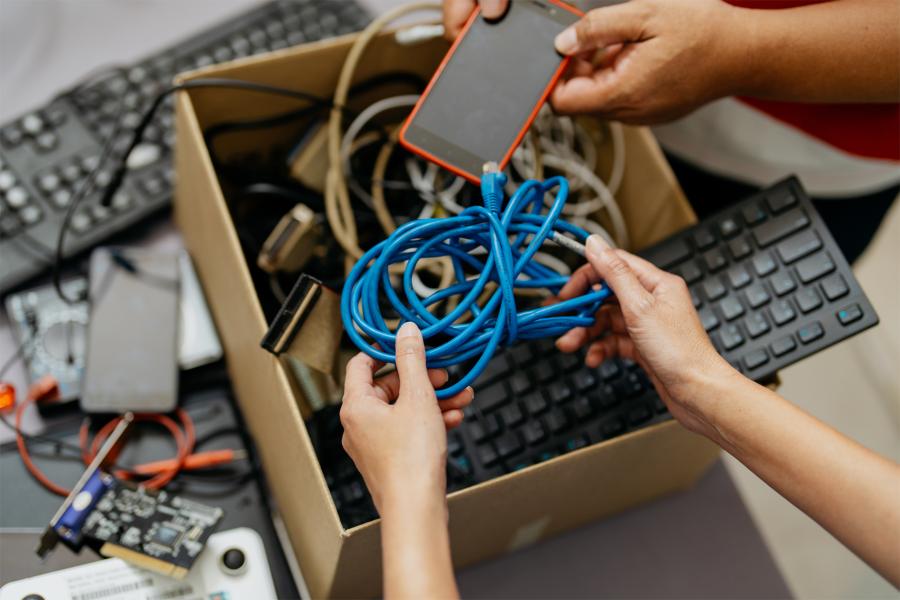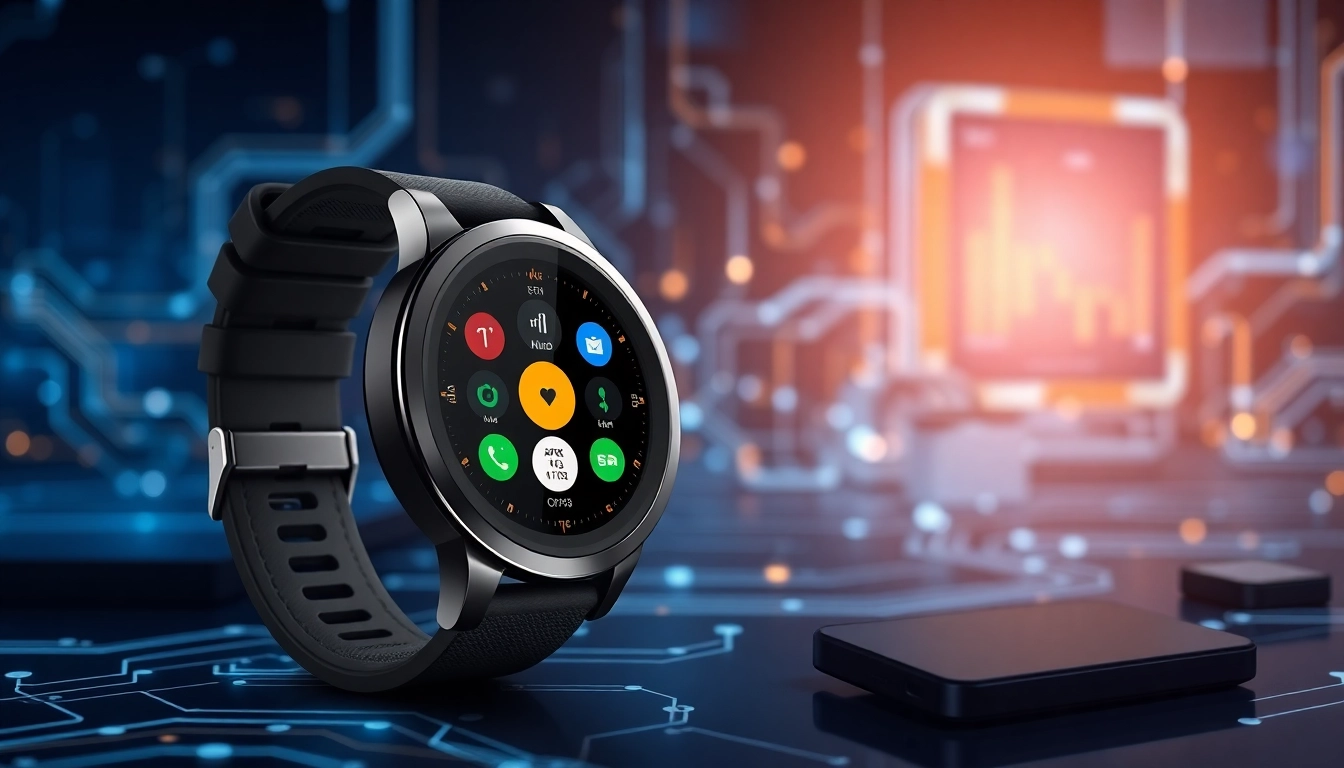Understanding Phone Gimbals: What You Need to Know
As the demand for high-quality video content continues to rise, filmmakers and content creators are increasingly turning to advanced equipment that can enhance their storytelling. One such equipment is the phone gimbal, a device designed to stabilize your smartphone and deliver smooth, professional-looking footage. This article explores the fundamentals of phone gimbals, their various types, and the benefits they offer for videography.
1. What is a phone gimbal and how does it work?
A phone gimbal is a handheld stabilizer that employs motorized technology to maintain a level position for your smartphone while shooting videos. It counteracts unwanted movements and vibrations that can occur when shooting handheld, ensuring that your footage remains steady, regardless of how you move while filming. Most gimbals operate on a three-axis stabilization system, which compensates for tilt, pan, and roll movements to achieve fluid video quality.
2. Types of phone gimbals available in 2025
In 2025, the market offers various types of phone gimbals tailored to different needs and preferences. The primary types include:
- Motorized gimbals: These are the most common and use motors to stabilize the phone. They provide the best performance for professional videography.
- Mechanical gimbals: These rely on physical mechanics, often without motors, making them lighter and more portable but with fewer stabilization capabilities.
- Smartphone gimbals with tracking: Some gimbals come equipped with advanced features like face tracking and object tracking, ideal for solo filmmakers and vloggers.
With the rise of social media content creation, brands are innovating to include features such as built-in tripods, extendable arms, and even AI-powered functionalities.
3. Benefits of using a phone gimbal for videography
The use of a phone gimbal offers numerous benefits that can significantly enhance your videography:
- Stabilization: The primary advantage is stabilization. Gimbals mitigate shakes and jitters, resulting in smoother videos.
- Professional quality: Gimbals help create cinematic shots that elevate content quality, making it suitable for professional use.
- Flexibility: Many gimbals allow for various shooting angles and perspectives, offering creative flexibility.
- Ease of use: Modern gimbals are designed to be user-friendly, making them accessible to beginners and seasoned videographers alike.
Choosing the Right Phone Gimbal for Your Needs
1. Key features to look for in a phone gimbal
When selecting a phone gimbal, there are several critical features to consider to ensure you choose one that fits your needs:
- Max payload: Ensure the gimbal can handle the weight of your smartphone, including any additional accessories.
- Battery life: A longer battery life allows for extended shooting sessions without needing a recharge.
- Controllable settings: Look for gimbals that provide adjustable settings for various shooting conditions.
- Portability: If you plan to travel, consider a compact and lightweight design for easier transportation.
2. Price ranges and budget considerations
Phone gimbal prices can vary widely based on features, brand, and build quality. On the lower end, you might find basic models starting around $30-$50, while more advanced models with enhanced features can exceed $200. It’s essential to evaluate what features are necessary for your shooting style to avoid overspending on high-end models that may not be beneficial for your needs.
3. Comparing top brands and models on the market
Some of the leading brands in the phone gimbal market include DJI, Hohem, and Zhiyun, each offering a range of models tailored to various users:
- DJI OM5: Known for its robust build and excellent stabilization, DJI’s models often come with advanced features like gesture controls.
- Hohem iSteady M7: This gimbal provides great value for those looking for automatic tracking technology and ease of use.
- Zhiyun Smooth 5S: Offers professional features at a mid-range price, making it suitable for serious videographers.
Best Practices for Using a Phone Gimbal Effectively
1. Setting up your phone gimbal for optimal performance
To maximize the performance of your phone gimbal, ensure you properly balance your smartphone before starting any shot. Adjust the gimbal arms to accommodate the phone’s weight, and make sure it remains centered to achieve the best stabilization results. Familiarize yourself with the gimbal’s control interface to smoothly navigate its functions during filming.
2. Common mistakes to avoid when using a gimbal
Even with a high-quality gimbal, mistakes can hinder your filming. Common errors include:
- Improper balancing of the smartphone, leading to poor stabilization.
- Ignoring the gimbal’s operational limits, such as weight capacity and movement speed.
- Forgetting to regularly update firmware, which can affect performance.
3. Techniques for achieving cinematic shots with your gimbal
To achieve cinematic shots, consider integrating various techniques such as:
- Dolly zoom: Use a combination of zooming in or out while moving the gimbal towards or away from the subject.
- Pan and tilt: Create movement by slowly panning or tilting the gimbal while keeping your subject in focus.
- Tracking shots: Utilize the gimbal’s tracking features to follow a moving subject smoothly.
Real-World Applications of Phone Gimbals
1. Filmmaking and content creation with phone gimbals
In the world of filmmaking, a phone gimbal proves invaluable in capturing high-quality footage without the need for bulky equipment. Independent filmmakers and content creators can achieve professional results, allowing them to share content across digital platforms effectively. Gimbals have become integral tools for shooting everything from narrative films to promotional videos.
2. Vlogging: How gimbals enhance storytelling
For vloggers, stability is key to maintaining viewer engagement. A gimbal allows for smooth transitions and dynamic shots, enhancing the storytelling aspect of vlogs. Creators can move freely while filming, capturing moments that reflect their personal style and enhancing the overall viewer experience.
3. Travel videography: Tips for shooting on the go
When traveling, a gimbal aids in documenting experiences vividly and without disruptions. Consider these tips for effective travel videography:
- Plan your shots in advance to know how you’ll use the gimbal effectively in different locations.
- Be mindful of battery life; always carry a portable charger if you plan on lengthy shooting sessions.
- Experiment with various angles and movements to capture the essence of each destination.
Future Trends in Phone Gimbal Technology
1. Emerging features in phone gimbals for 2025 and beyond
As technology evolves, so too do gimbal features. Expect to see innovations such as:
- Advanced AI capabilities: Integration of AI for enhanced object tracking and scene recognition.
- Improved battery technology: Longer-lasting batteries that allow for extended usage.
- Modular designs: Gimbals that can be customized with various attachments to suit different shooting scenarios.
2. The role of artificial intelligence in gimbal technology
Artificial intelligence will increasingly play a role in how gimbals operate. Future systems may feature smarter algorithms capable of predicting and adjusting to movements in real-time, creating an even smoother user experience. AI can also help automate complex shooting techniques, allowing users to focus more on creativity rather than technical adjustments.
3. Predictions for the future of smartphone videography
As smartphone capabilities improve, so too will the demand for tools that enhance their functionality. The future of smartphone videography will emphasize accessibility, allowing more people to create high-quality video content with minimal investment. This democratization of video production will lead to a surge in creative expression across social media platforms.



